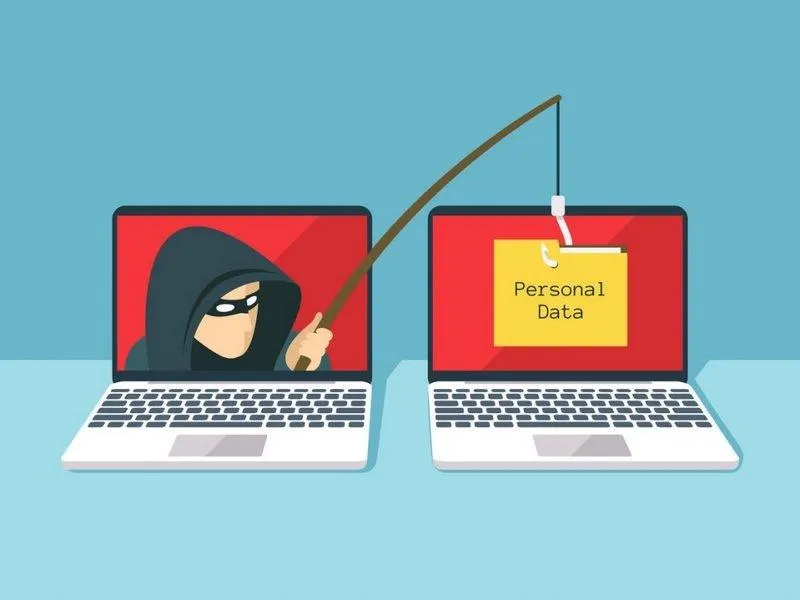Latest News
We have some really exciting things going on right
now and you can read them below!

Unmasking Phishing Emails: A Simple Guide to Spotting Red Flags
“Recognizing phishing emails is your shield in the digital realm. Stay vigilant, stay secure.”
Definition: Phishing is a cyber threat that involves deceptive tactics to trick individuals into revealing sensitive information, such as passwords or financial details, by posing as a trustworthy entity in electronic communication.
Introduction:
In today's interconnected digital landscape, phishing emails have become a prevalent threat to businesses. Cybercriminals are getting more sophisticated in their tactics, making it crucial for every user to be vigilant. These deceptive emails can lead to serious consequences like sensitive data breaches/leakage and financial losses.
Here's a straightforward guide to help you identify and steer clear of phishing emails.

With that said, here are 8 simple checks to help you identify a phishing email! 👊
1. Carefully Analyze the Sender's Email Address:
The first clue often lies in the sender's email address. Legitimate organizations use official domains (e.g. @microsoft.com, @amazon.ca, @ceifa.ca, etc.). Be cautious if the email comes from a generic address or an unusual domain that doesn't match the purported sender.

2. Check for Generic Greetings:
Phishing emails often use generic greetings like "Dear User, Dear Sr./Madam, Dear Customer" instead of addressing you by name. Legitimate communications from businesses or colleagues usually personalize their greetings.

3. Examine the Content and Language:
Phishing emails may contain spelling errors, awkward language, or an urgent tone to manipulate your emotions. Legitimate messages from professional entities maintain a polished and clear communication style.

4. Verify Hyperlinks by Hovering Over Them:
Hover your mouse over any embedded links without clicking. Legitimate emails should display the actual URL where the link will take you. Be wary if the link seems unrelated to the supposed content (e.g. random characters, unknown websites, etc.).

5. Be Cautious with Email Attachments:
Avoid opening attachments from unknown or unexpected sources. Malicious attachments can contain malware (code that can harm your computer). Confirm with the sender if you have any doubts about the legitimacy of the attachment.

6. Verify Requests for Sensitive Information:
Legitimate organizations rarely request sensitive information like passwords or credit card details via email. If an email urges you to click on a link or provide such information urgently, independently verify the request through official channels.

7. Look for Logo and Branding Consistency:
Phishing attempts often mimic the branding of reputable organizations. Check for irregularities in logos, colors, or formatting. Legitimate companies maintain consistency in their branding.
8. Trust Your Instincts:
If something feels off, it probably is. Trust your instincts and exercise caution. If an email seems suspicious, contact the supposed sender through a known, separate communication method (NOT EMAIL) to verify its legitimacy.

Remember: Vigilance is Key
Staying informed and alert is your best defense against phishing attempts. Regularly update your team on the latest phishing tactics, conduct awareness training, and foster a culture of cybersecurity within your organization. By taking these simple steps, you can significantly reduce the risk of falling victim to phishing scams.

We are a managed services provider dedicated to providing top-notch IT solutions to businesses of all sizes.
Get In Touch
Need to reach us? Shoot us and email or give us a call today.
604-200-6067
contact@ceifa.ca
402-3999 Henning Dr, Burnaby, BC
Sign up For Our Newsletter
Subscribe to our newsletter to get our newest articles instantly!



